Cracks in University Dormitories
Carbon Fiber Reinforcement Techology
These cracks varied in size and location, with some being visible on the walls at eye level, while others were found along the ceilings, snaking their way across large sections.
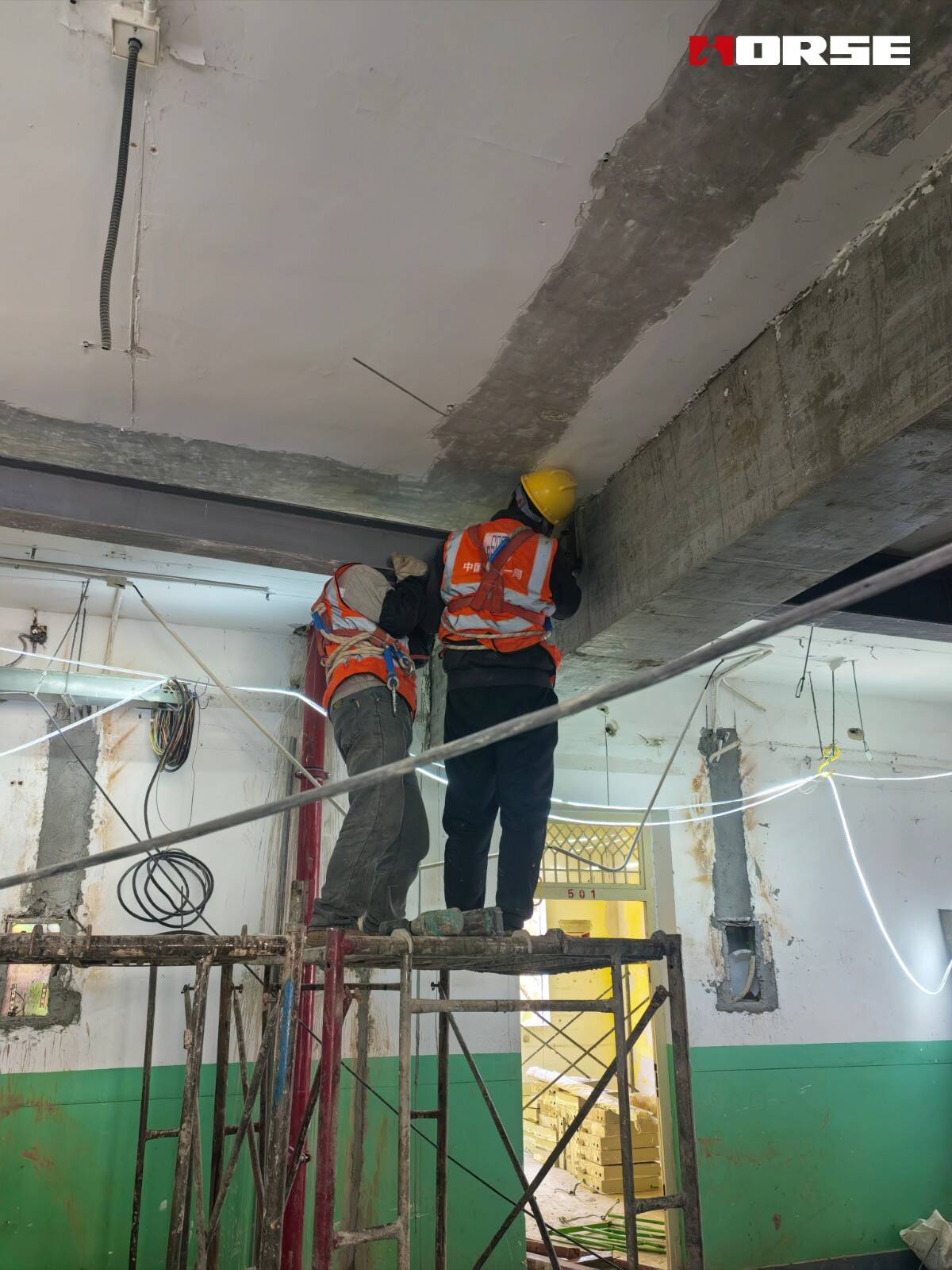
Cracks
In a particular student dormitory building on a university campus, a concerning issue came to light when several cracks were discovered throughout the dormitories. These cracks varied in size and location, with some being visible on the walls at eye level, while others were found along the ceilings, snaking their way across large sections.
Cracks Reason
These cracks were not merely an aesthetic nuisance. They posed a significant potential threat to the safety of the building's occupants. Given that the dormitory housed a large number of students, any compromise in structural integrity could have led to disastrous consequences. After comprehensive professional testing, which involved a combination of non - destructive testing techniques such as ultrasonic pulse velocity testing and visual inspection of core samples, the root cause of the cracks was determined. The building had endured dynamic loads from the constant movement of students, furniture relocation, and the vibrations caused by daily activities over a long period. Additionally, static loads from the building's own weight and the weight of the occupants had taken a toll. Compounding this issue was the fact that in some areas, the concrete strength was insufficient, likely due to issues during the original construction phase, such as improper mixing ratios or insufficient curing time.
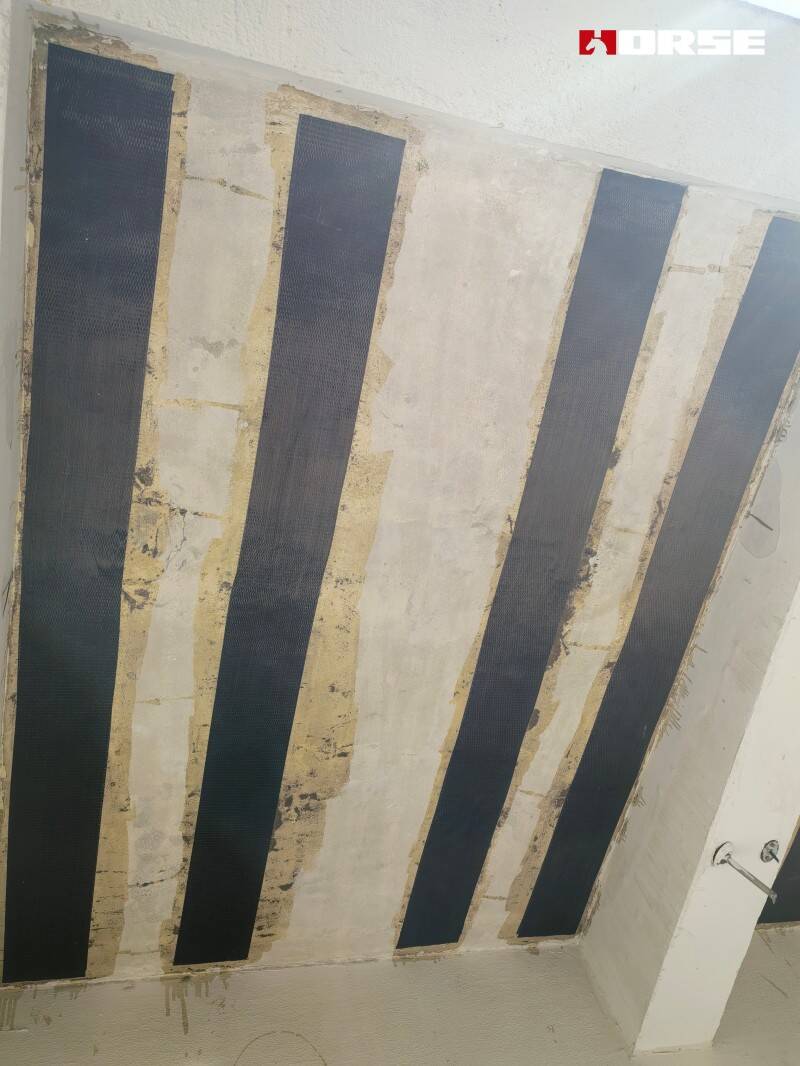
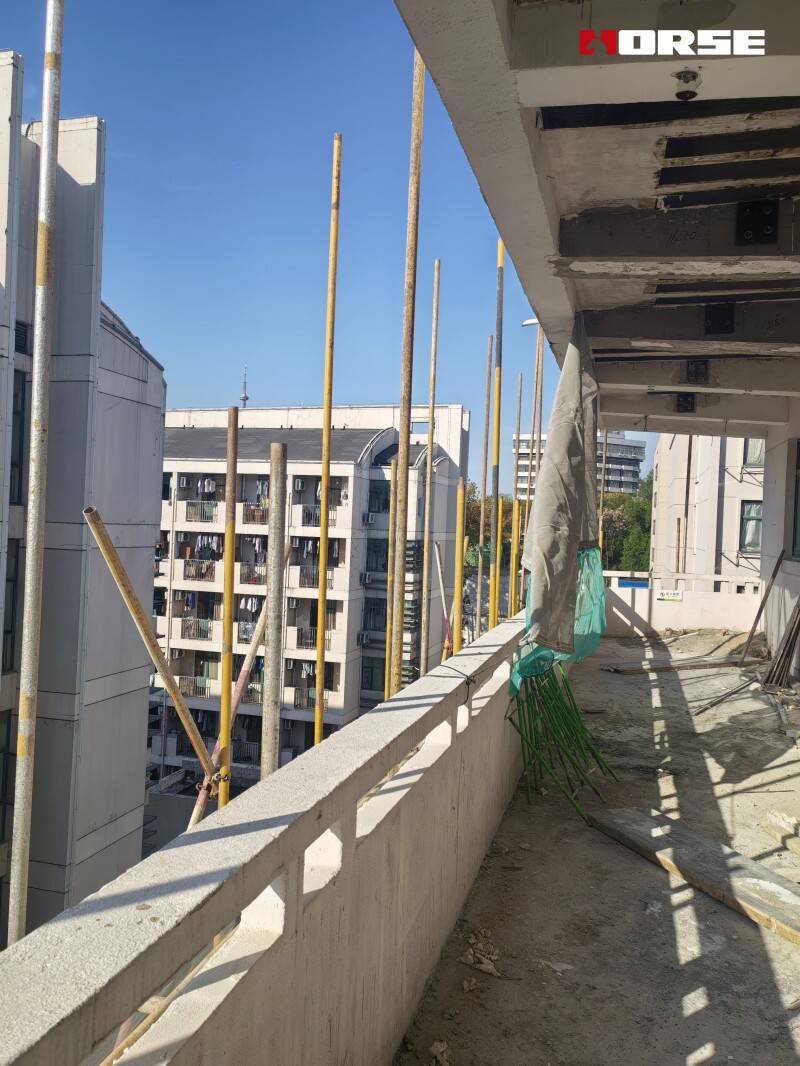
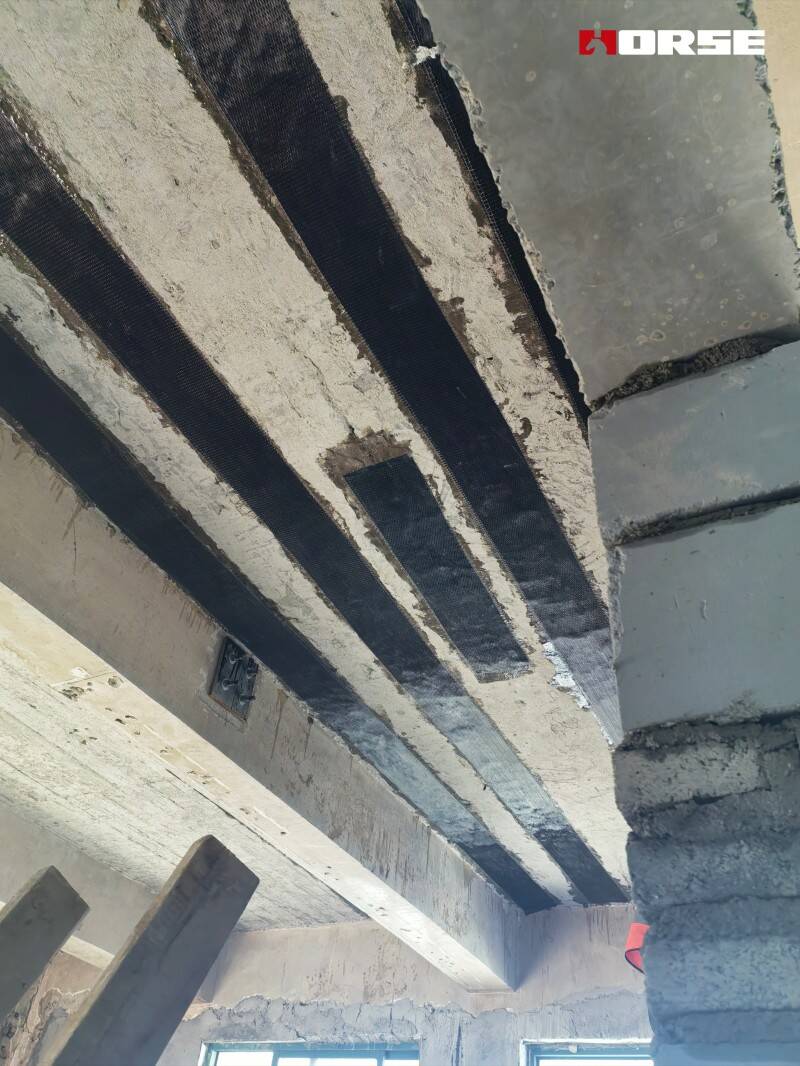
Repair Method
To address this critical problem, the decision was made to utilize carbon fiber reinforcement technology. Carbon fiber sheet possess a plethora of advantages that make them an ideal choice for such a scenario. Their high strength - to - weight ratio is particularly notable. Despite being incredibly lightweight, carbon fibers can withstand extremely high tensile forces, making them far superior to many traditional building materials in terms of load - bearing capacity. Moreover, they are highly corrosion - resistant, which is crucial in a building environment where exposure to moisture, humidity, and various chemical substances is inevitable.
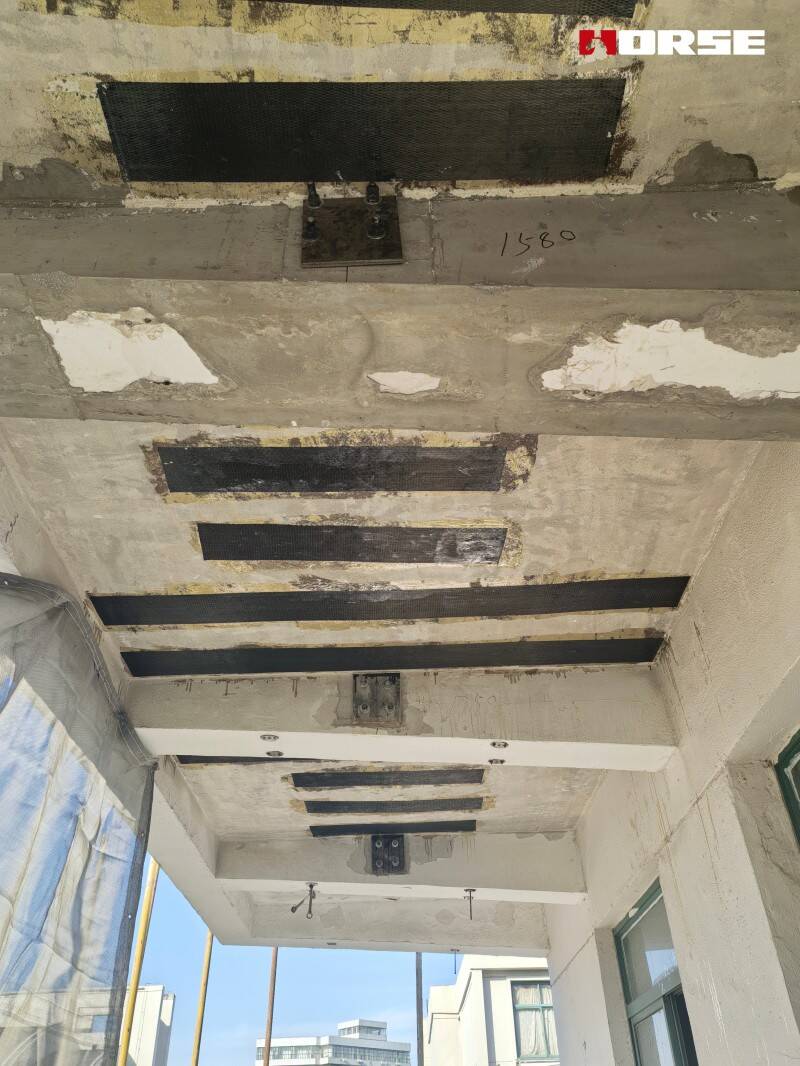
The reinforcement process began with meticulous surface preparation. The areas around the cracks were thoroughly cleaned to remove any dust, dirt, or loose particles. This was followed by roughening the concrete surface to enhance the adhesion of the carbon fiber. Special structural adhesive, carefully selected for its high - strength bonding properties and compatibility with both carbon fiber and concrete, was then applied evenly to the prepared surface. The carbon fiber sheets were then carefully laid onto the adhesive, ensuring that there were no wrinkles or air bubbles. Pressure was applied to ensure a tight bond between the carbon fiber and the concrete.
Compared with traditional reinforcement methods such as steel - jacketing or adding additional concrete layers, carbon fiber reinforcement offers distinct advantages. The construction process is relatively straightforward. There is no need for heavy machinery or complex form - work, which means it has minimal impact on the original structure. This is especially beneficial in a dormitory setting where students are still living in the building, as it reduces disruption to their daily lives. Additionally, the time required for carbon fiber reinforcement is significantly less. In this case, the entire reinforcement project was completed within a few weeks, as opposed to months that traditional methods might have taken.
After the reinforcement was completed, an extensive period of observation and monitoring was carried out. Specialized instruments such as strain gauges were installed at key points near the reinforced areas to measure any changes in stress and strain. Crack - width gauges were also used to monitor the width of the existing cracks. Over the course of several months, the data collected showed that the cracks were effectively controlled. There was no significant increase in crack width, and the structural stability of the building was significantly enhanced. This successful application of carbon fiber reinforcement technology not only ensured the safety of the students but also provided a cost - effective and efficient solution to the structural problem.